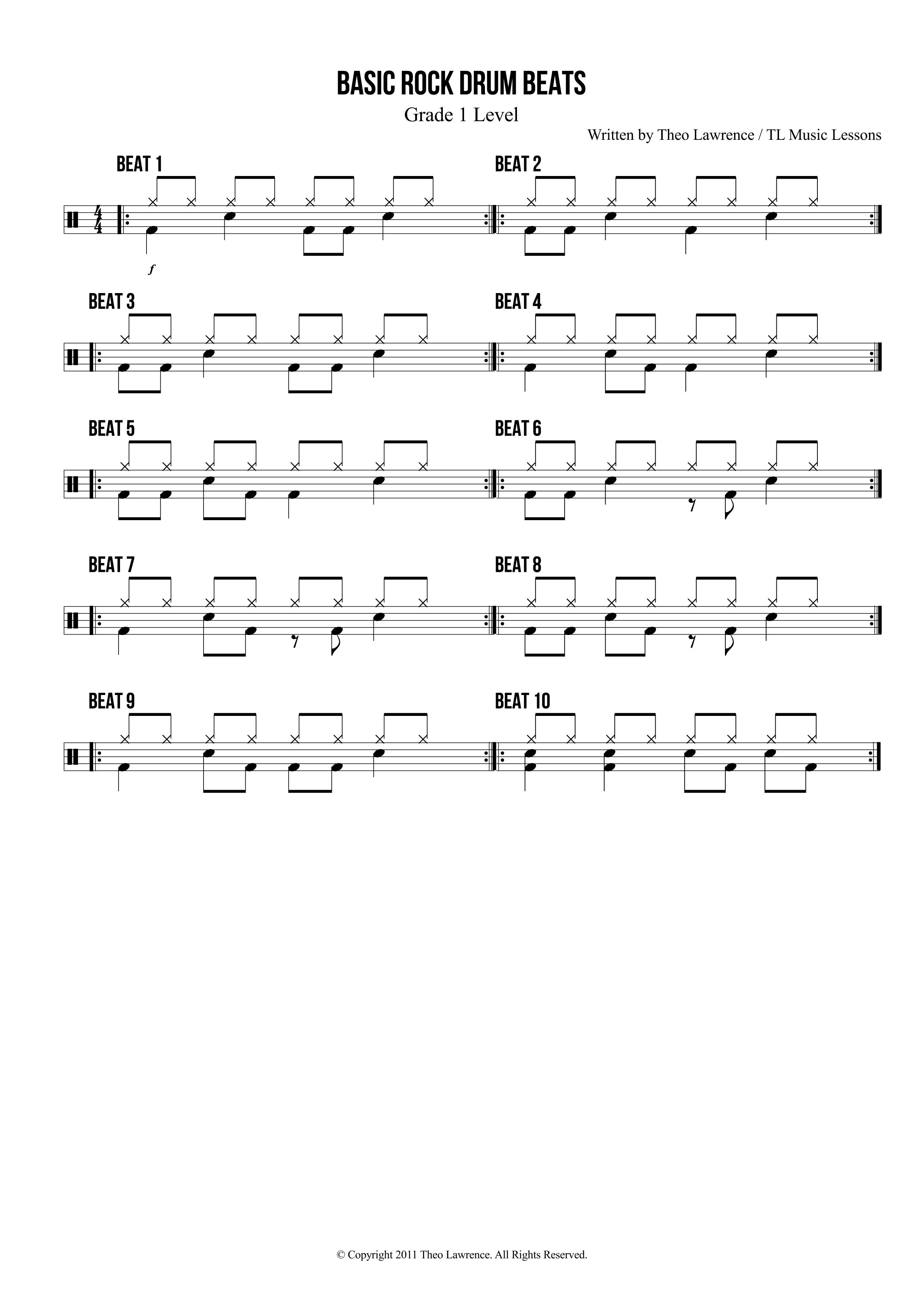
He calls it “the rub” and says it’s a Texas thing. This drag is just after the rim shot on beats 2 and 4. The shuffle that Chris Layton explains in a YouTube video has a press or multiple bounce drag. The accent on 2 and 4 with the shoulder of the stick on the bow of the cymbal is notated with a circle around the X. Greg attributed this technique to Chris Layton of Stevie Ray Vaughn and Double Trouble. The accent, according to Greg in a YouTube video, is played with the shoulder of the stick on the bow of the cymbal (notated below). Greg Bissonette teaches that the cymbal pattern has an accent on beats 2 and 4. Plus, it’s easier to find explanations from the best shuffle drummers (see the playlist below). This article focuses on the Texas shuffle because I was a drummer in Texas for almost 20 years. They all have a different idea about how it goes. You’ll find players talking about the Chicago shuffle, too, but it’s the same case with those players. The same goes for the cymbal, to a degree - some drummers claim that the Texas shuffle is just quarter notes on the cymbal.

The accent patterns and hi-hat are different, depending on who you ask. The Texas shuffle is kick drum on all four beats, shuffled snare, and shuffled cymbal pattern. It’s a light shuffle and works for songs that don’t need a heavy groove to support a song with some attitude. It’s a shuffle on the cymbal, kick on beats 1 and 3, and snare drum on beats 2 and 4. The country shuffle, or so it was called by the Dallas musicians I played with, is the simplest shuffle. Different interpretations support the style of the song or the way a particular artist chooses to play. This is written with the understanding that the shuffle feel is open to interpretations.

The examples in this article are notated with eighth notes (upper right). The shuffle feel is sometimes more of a triplet feel (upper left) than sixteenth notes. Some of sources are in the YouTube playlist below. To expand the scope of ideas, the article includes different interpretations and opinions about the beats that I’ve found through Internet searches. This article explores the basic blues drum beats as I learned them playing in Texas blues bands. All of these areas, and more, contributed to the development of blues music in the 20th Century. It’s Chicago blues, Texas, the West Coast, and the Mississippi Delta. Generally, it’s up to the band leader or other members to negotiate the style with the drummer on the style. Beats can be played with a variety of cymbal patterns, accents, feels, tempos, and dynamics. Yet, even though the blues is so recognizable, so many people have their ideas about what to call the drum beats and how to play them.Ī blues drum beat will fit into one of three categories - shuffle, straight, or 6/8. It grew from the same tree as jazz and laid the foundation for country music and rock ’n’ roll.

It’s hard to say if there’s any music more American than the blues.


 0 kommentar(er)
0 kommentar(er)
